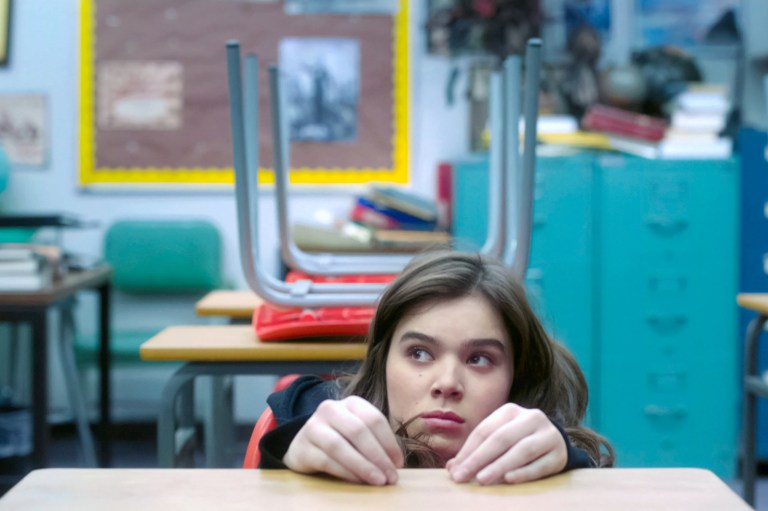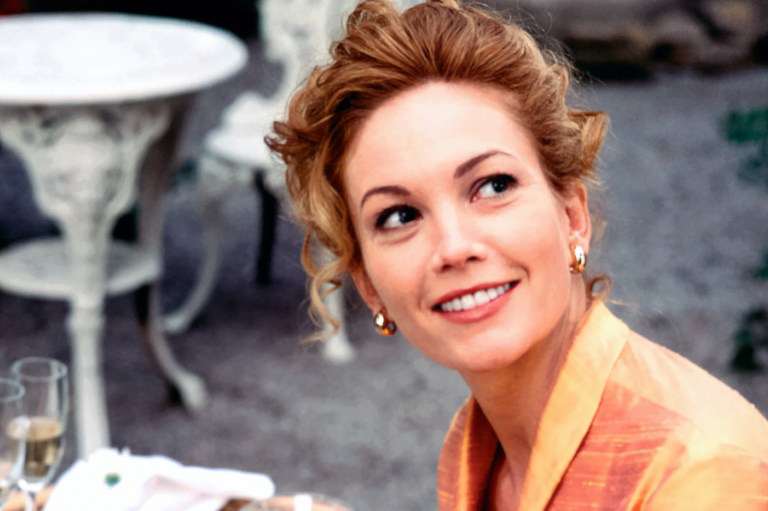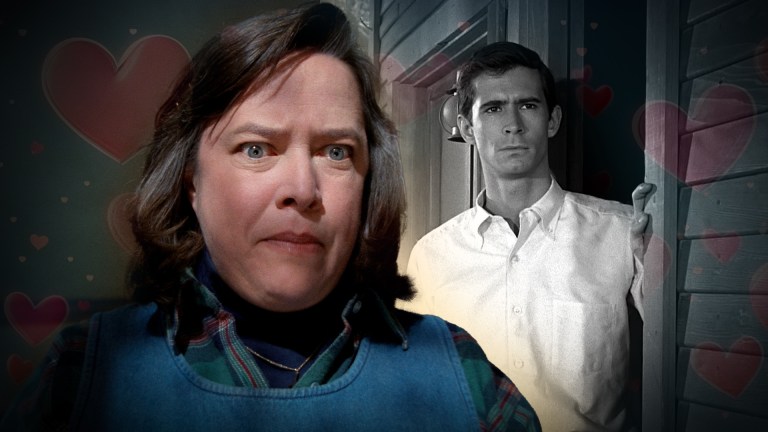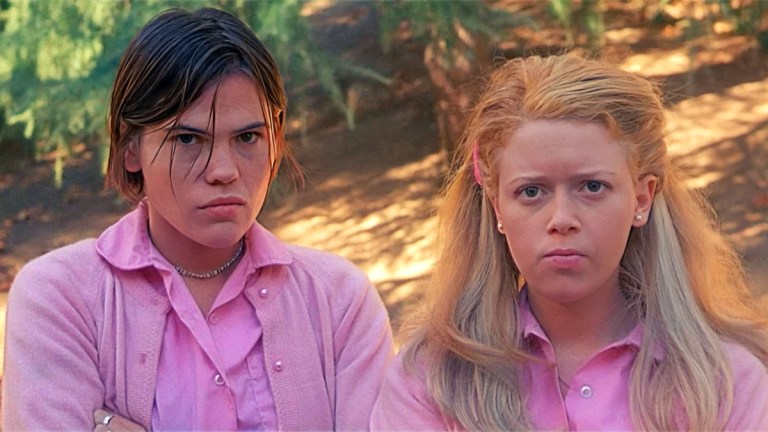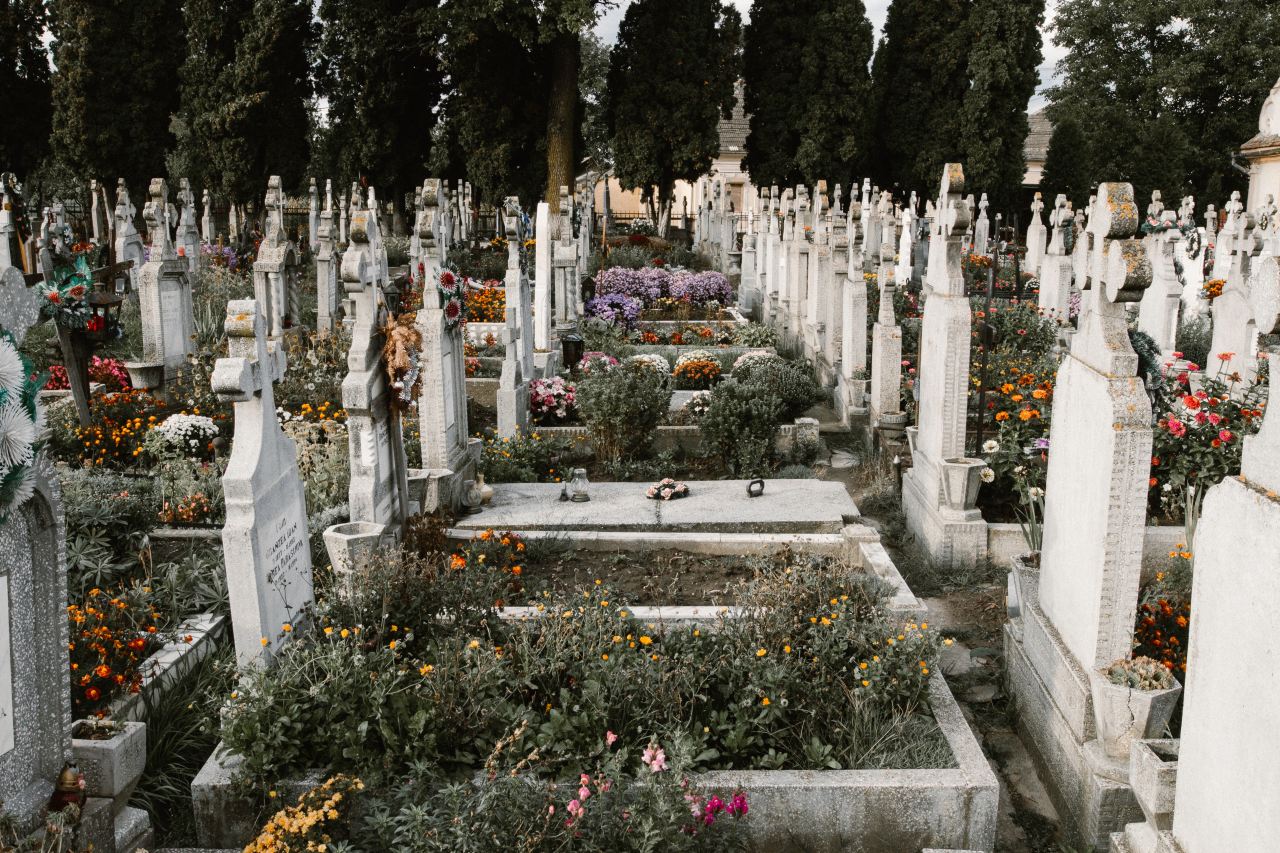
A History Of Haunted Places
My family is from a small town that’s always felt haunted. I’m not sure if it’s because of the abandoned wheat mill that welcomes you into town, or because of the rows of buildings farther in that have been burned and gutted, or maybe just because historical towns always sort of feel a little eerie to me. Every abandoned street I passed felt like a portal to another dimension.
In that small town was a large graveyard where my cousins and I would loiter when we had nothing better to do. We’d bundle into our coats and walk the half mile there, sucking on cigarettes we smuggled in our pockets, talking shit about anyone and anything. We’d stop to say prayers over the fresh graves and salute the tombstones as we’d pass by, calling out the names that hadn’t yet been worn away by the elements. I sometimes wondered if we were the last people on Earth who would ever speak them.
I was less afraid of the graveyard than I was my grandparents’ house. It was large and red and rotting, like a barn house lost in time, its decor wrought iron and baroque. It was in that house that my cousins would pile into the basement with a flashlight, intent on sleeping together on the ground but always chickening out once the clock struck midnight and the walls began to groan. It was in that house that my cousin claimed she saw something so disturbing in the middle of the night that she rushed to the bathroom to vomit, refusing to ever speak of that moment again. It was in that house that they found my grandfather dead near the fireplace. After that, we stayed away from that corner of the room, worried it might be cursed, though my eyes would always drift toward it nonetheless.
It was in that house that I swore I saw each of my grandparents for the last time. I tell people it was when I visited each of them right before their respective deaths, but that isn’t true. For my grandfather, it was just a week after he died, when I walked in the door and swore I saw him sitting in his usual chair at the dining room table. For my grandmother, it was nearly a month after her funeral, when I was going through boxes in the garage and swore I saw her reflection in the mirror hanging from the door. Both times, the moment passed and everything quickly returned to normal, though I somehow felt changed.
Perhaps grief plays tricks on our minds. Perhaps it convinces us to see what we want to see. Perhaps I wanted to believe my grandparents were still there somewhere, hovering in the corners of the room. But it feels too coincidental that I happened to see both of them in that same house, under almost the exact same circumstances, and that I never saw either of them again. I’d like to think it was just their way of saying goodbye.
* * *
My best friend didn’t tell me her house was haunted, but somehow I knew. Maybe it was because the largest graveyard in the city sprawled up into her backyard, its tombstones always visible from the porch. Or maybe it’s because when you get to know a place so intimately, it’s impossible not to know. Throughout the years, that house became my respite when my own family drama became too much to handle, a safe space when life became too difficult. That didn’t change the fact that something about the place seemed totally, undeniably off.
It started out with doorways I refused to walk through and certain corners of the house I couldn’t bring myself to face. Logically, there was no reason why; it was simply a gut feeling so strong I could do nothing but listen to it. Later, I’d notice how doors closed on their own and footsteps echoed when no one else was home; some rooms seemed to heat up with every passing moment until you could no longer bear to stay. “Oh yeah, it’s definitely haunted,” my friend said when I finally confronted her about it. “We just don’t like talking about it too much.” Still, I managed to siphon a few stories out of her, about orbs hovering on the walls and disembodied voices calling her name. “We’re not sure what or who they are,” she admitted to me, “but I don’t think they belong here.”
Every time I entered the house after that, I was all too aware that there were things I couldn’t see that were lurking in the corners. Still, over time, it became less of a novelty and more just how things were. I only chuckled when my friend texted me, “I’m home alone watching Parks and Rec and I heard something behind me laugh.” When a mutual friend told me she swore she saw someone in the backyard who disappeared as soon as she stepped outside, I hardly batted an eye. And when my friend’s sister admitted their family avoided all the same corners of the house that I did, I was surprised, but not shocked. The house—and whatever lived in it—seemed to speak to all of us in the same ways.
I always said I could never be the kind of person who lived in a haunted house. Every time I watch a horror movie with a similar premise, I cringe at the inhabitants’ stupidity. So why don’t I feel the same way about this particular house? I’ve spent holidays around the kitchen table and turned 26 on the living room couch. I’ve even lived there for short periods of time, going about my day as normal, as if I weren’t sharing the room with who knows how many other entities. Despite everything, I’ve always felt strangely safe there. Perhaps it’s because we have something in common, the ghosts and I—we have become fixtures in that house, interlopers that found reprieve and then never found the heart to leave. In life and in death, when we had nowhere else to go, it became our secondary home.
* * *
For our last day in Prague, my friend and I decided to take a trip to the Terezin ghetto and concentration camp. It was just days after the Unite the Right rally in Charlottesville filled American newsreels with Nazi iconography. When the opportunity to travel there was presented to us, more than a coincidence, it felt like a call to action.
Even years later, it’s hard to write about. I cannot describe the sorrow that washes over you as soon as you walk in through the gate. There are some places so heavy it’s difficult even to breathe. In one particular room inside the camp, my friend stopped short, shook her head. “We can’t go in here,” she said gravely. There were no signs telling us we weren’t allowed to, but some things you can just feel. We later found out that’s where prisoners had been sent to be tortured.
Perhaps history never haunts us the way it ought to—at least, not until we’re standing in the midst of it. Perhaps we distance ourselves from it so as not to feel the burden of it. We attempt to wash our hands of it, not realizing that the ghosts of the past never really leave us, not realizing that by ignoring their presence, we may be doomed to relive the worst of it again and again.
* * *
Nearly two decades ago, when my sister got back from her trip to Georgia, she rushed over to me with a newly-developed package of photos. “You have to see this,” she told me excitedly, thumbing through the pictures until she found the one she was looking for—it was almost entirely pitch black except for the vaguely human-like figure glowing on the far right side of the frame. “Our tour guide told us that if we took pictures in the graveyard at night, we might capture a spirit. Look!”
The photograph shook me to my core. I couldn’t stop thinking about it. I swore to myself that I’d never go to Georgia, not for any reason at all. I told myself I’d avoid all graveyards for the rest of my life. But still, every few days, I’d ask my sister if I could see the picture again.
I still think of the picture often. Every time I travel, it flits through my mind. Maybe that’s why I find myself gravitating toward haunted places—the church crypts in Boston, the burial grounds in Philadelphia, The Stanley Hotel in Estes Park, the old town in Stockholm. I went on a ghost tour through New Orleans, even though I had to down two hurricanes to convince myself to go through with it. When I lived in Florence, I indulged in every ghost story the locals would offer me, even when it left me avoiding certain roads. Some cities just seem to be teeming with ghosts, and no matter how hard I try, I cannot ignore them.
What is with our strange fascination with the dead? Why do we find ourselves drawn to them, even when they terrify us? Is it something existential, our need to understand what comes next? Do we find a strange, chilling comfort in the fact that some people never seem to leave? Is there relief in the fact that we may be more than skin and bone? Or does the presence of the dead—and the adrenaline from each encounter—simply reaffirm the fact that we are, indeed, alive?
I wish I could answer this. I’m still trying to unravel my own relationship with the macabre, with the ghost stories I both can’t stand and can’t help but obsess over. All I know is that I never was able to keep my promise. Against all odds, I’ve found myself in more graveyards than I can count—and yes, I even went to Georgia—and each time, I held my camera close, wondering if this time I’d capture my own spirit.
* * *
Growing up, I had a friend who swore she could see ghosts. I never knew if I believed her, but I always grew nervous when we were talking and her eyes would wander off, tracking something I couldn’t see. She’d always turn back and smile at me eventually, as if to ensure me that everything was okay.
We used to lie on her bed as she recounted each encounter, explaining what each spirit looked like, what they said. She told me their names and stories, of which I now only remember a few. But there’s one I still think of often: A little girl who lurked on the street corner, alone and certainly dead. “I think she just wants to talk to someone,” my friend admitted to me once. “She seems so excited when I notice her.”
It’s sadder when you think of it that way—a little girl far from home, lost, unable to communicate with anyone at all. A little girl lonely on the street corner, just waiting for someone’s gaze to focus on her and finally, finally, see her. Every time I pass that street corner now, I turn my head and nod. Just in case.
* * *
Sometimes when I’m sad, I get in my car and drive. I rarely have a destination, but I always end up in the same places—on the street where my old elementary school used to stand, at the park where my childhood friend and I used to take pictures of each other, outside the coffee shop where I used to meet up weekly with someone I no longer talk to. I drive around in circles, stuck in a merry-go-round of nostalgia, drawn by some force of gravity I cannot explain.
I’ve written countless eulogies to each of these places, waxing poetic about what they once meant to me. Or maybe I’m writing eulogies to the person I used to be when I frequented them. Sometimes the past versions of myself feel like ghosts, dead and gone but somehow still there, an energetic impression in the atmosphere. I am no longer a part of them, but sometimes I grieve for them still. They were so young then, unaware that someday those moments would come to pass, that those once-sacred sites would become nothing more than a graveyard of memories. With time, even those versions of me begin to fade away.
Maybe that’s why I’m so fascinated by haunted places. Every corner of the Earth was once frequented by something that’s no longer there. In our memories, we still walk down roads we’ll never see again, sit in rooms we hardly remember, take in sights that once took our breaths away. How could we possibly mean so little to places that once meant so much to us? I cannot fathom it.
I’d like to believe we all leave something behind, more than just skin cells and fingerprints, more than something just physical. I’d like to believe these haunted places still remember us.
